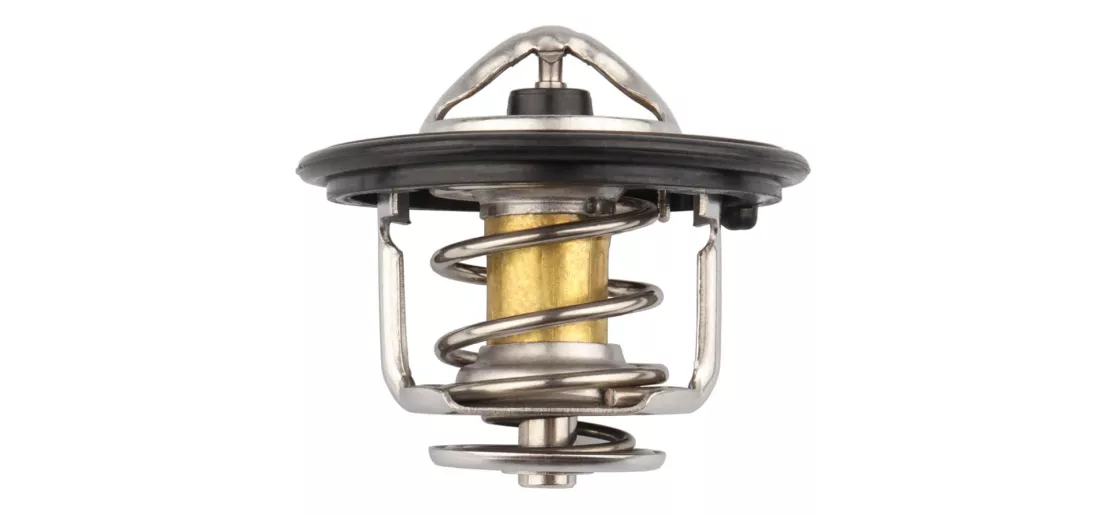
Why you should never remove the Thermostat
Whenever there is an engine overheating problem, the common troubleshooting approach to finding out the issue and clarifying it is by inspecting a key element in the cooling system which is the “Thermostat”, and due to its easy accessed location, the negligence of its importance and most importantly the widespread misconception that Thermostat is meant for cold weather only, there is a tendency to remove it completely without replacing it even if not faulty.
In this article, we are going to explain the function of the Thermostat and the importance of its presence in the Cooling System.
Thermostat Function
The Thermostat is a variable valve located in the Cooling System between the Radiator and the Engine Block, it allows to maintain the Engine temperature at a certain level, and that is made by controlling the Coolant flow from the Engine to the Radiator: when the Engine is cold, the Thermostat will be in a closed position, it will block the Coolant flow to the Radiator until the Engine reaches the required temperature. When the Engine is warm enough, the Thermostat will start to open and will allow a more or less Coolant flow to the Radiator, therefore, keeping the temperature at the required level.
Importance of Thermostat
In order to understand the importance of the Thermostat, it is necessary to know the reasons behind keeping the Coolant temperature at the ideal level which is in general between 90º to 105º C, and in order to do so, we first need to study some of the Engine’s components and their designated roles:
The Engine is made up of several moving and rotating parts like Pistons, Crankshaft, Camshaft, Rocker Arms etc.., and these parts are lubricated by the Engine Oil which is intended to stay at a very specific temperature in order to keep its original characteristics, and the component serving the purpose of keeping the Oil temperature at the required level is the “Oil Cooler”, which is a form of heat exchanger were the Radiator Fluid is passing through and allow to transfer the heat from the Lubricant to the Coolant or in the opposite direction from the Coolant to the Lubricant in order to bring the temperature up or down and stabilize it as quickly as possible to the desired level to avoid causing the Engine Oil to lose its characteristics from excess or insufficient heat and by consequence resulting in a low lubrication which will impact the Engine durability and performance as well.
Another important component that is considered the masterpiece of the Engine is the “Engine Block”. Not only does it hold the main moving and rotating parts together, but also due to the exposure to the extreme stress and high temperature emitted during the combustion process, structurally needs to be solid. And we all know that Engine overheat is a major problem but let us discuss the opposite scenario when Engine is not warm enough which, in our case, is due to the absence of the Thermostat:
Consequences start by shortening the Engine’s overall lifespan, as the moving parts start to operate within tighter tolerances especially the Piston Rings which will expand in contact with the extreme combustion heat while rubbing against an insufficiently expanded Engine Block cooled down by a chilled Radiator Coolant having a temperature below the level in which the Block is designed to operate within, a fact based on known physical phenomena that metal expands or shrinks to different levels when exposed to heat or cool sources.
Things can get even worst when Ring gaps become too small, leading to a Piston seizure that may lead to the total destruction of the Engine Block.
Finally, the only time where Engine can run without a Thermostat is during troubleshooting for an overheating issue done by an expert, and with that said, it has to be returned or replaced accordingly.
